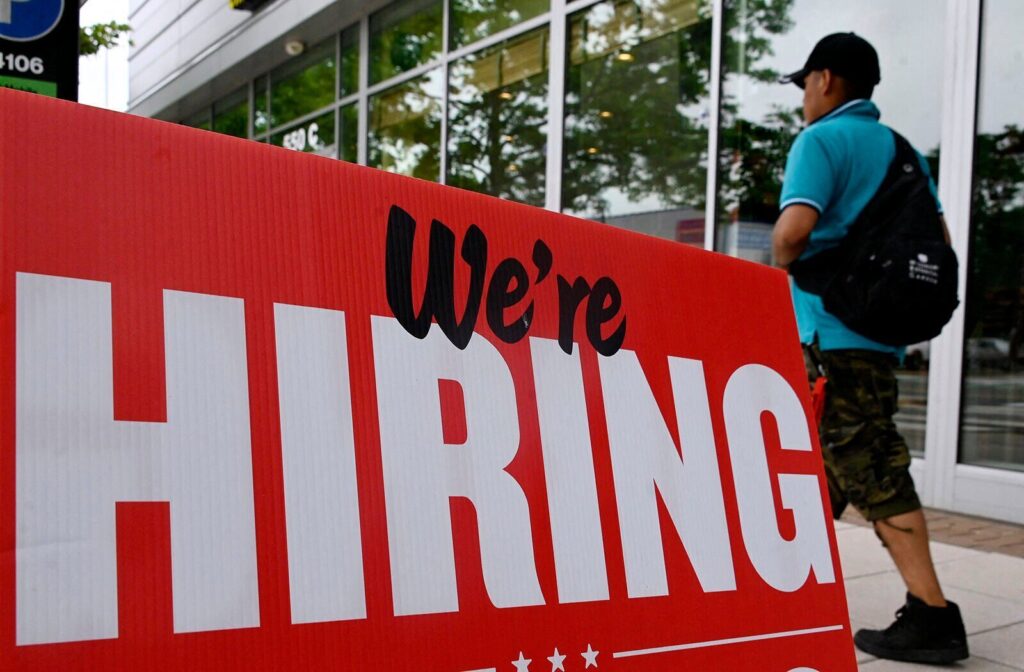Denver area rents fall, but experts see longer range housing costs rising

Experts who track rental rates around the Denver metro area are reporting that, despite ongoing concern over housing prices here, apartment rents are continuing to drop.
“The reasons for higher vacancy rates and declining rents is an increase in supply. There’s no market pressure to bid up rents,” said Andrew Hamrick, senior vice president and general counsel to the Apartment Association of Metro Denver.
On Tuesday, the association is expected to report that area rents have hit their lowest level since 2022, when the country was emerging from the pandemic.
Both median and average rents have trended lower over the past quarter as a wave of new apartment units have come online. Analysts had expected three years ago that growing supply could drive rents down, as projects were completed that had been started two or three years ago, when rents were climbing.
Tapering off
That increase in supply is tapering off now, according to Hamrick.
Although the pricing news is good for renters today, a look at projects in the pipeline now suggest that the long-term picture isn’t bright.
Data suggest a sharp drop in permitting by developers for units that would deliver four years from now, according to Hamrick.
Previous reports from the association had noted that the flurry of projects recently completed had been started before a series of related regulations were imposed by the state and the city of Denver. Analysts had long warned that those could act as a caution light for developers contemplating new projects here.
Why the drop in permits now?
Hamrick said that institutional investors are likely steering investments away from projects that would increase the housing supply here toward other regions viewed as more favorable for investment.
Chicken and egg
The cause, he adds, is a chicken-and-egg question, with interest rates and other factors playing a role. However, the numbers suggest that the trend is due at least in part to what developers view as regulatory barriers in Colorado.
“We see institutional money drying up, and we see that as having to do with the regulatory environment,” Hamrick said. “Institutional investors can get a better rate of return by going to Utah or Texas.”
The issue affects not only the rental market, but also the market for owned-and-occupied units, such as condominiums.
“Nobody can find a way to build owner-occupied units in Colorado,” Hamrick said.
“In downtown Atlanta, you would see a vibrant market for condominiums,” he added.
Developers in the state of Georgia face fewer legal risks involved with multifamily ownership properties, Hamrick said.
Meanwhile, he added, rental development is being negatively impacted by regulations placed on development itself, as well as by regulations that affect rental properties once they are completed.
Unintended consequences
The Apartment Association cites an August report by the research firm Metrosight, which specializing in urban, labor, housing, and real estate economics, that concludes such regulations have numbers of unintended consequences that tend to increase housing prices.
Those regulatory factors, all active in the Denver market Hamrick said, include requiring apartments to accept housing choice vouchers, limiting apartment operators from screening rent-to-income ratios, and requiring compulsory lease renewals. Each of those, the study authors showed, are associated with substantial drops in new rental project investment.
“We have all three, which makes it more difficult for investment here,” Hamrick said.
The apartment association has tracked rents and vacancies in the metro area for more than 44 years. Rents typically rise depending on the newness of the building, previous reports have noted. Older apartments also tend to post higher vacancy rates, often double the vacancy rates of near-new units.













